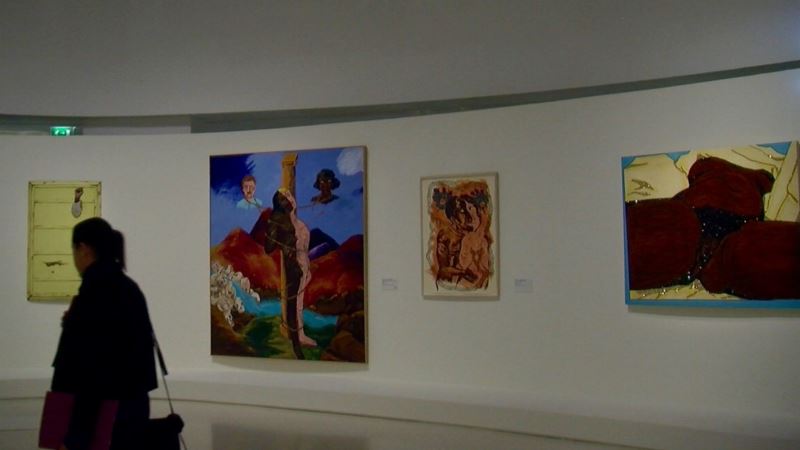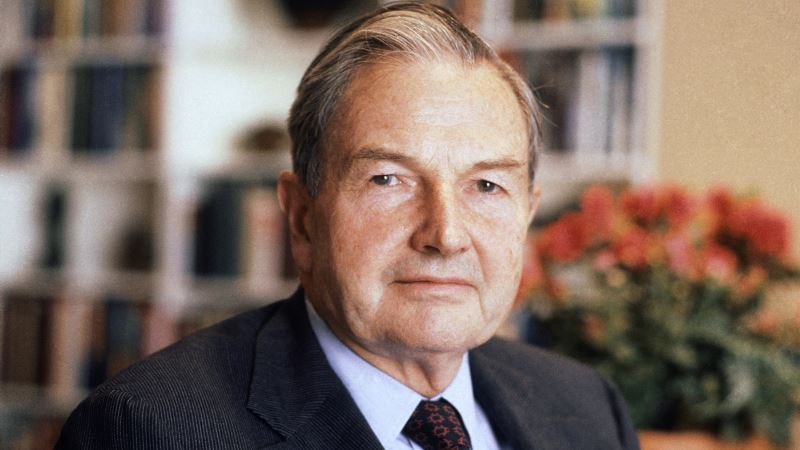As record numbers of visitors flock to the new African-American history museum in Washington, another landmark exhibit has opened across the Atlantic, offering a stark and sometimes brutal take on racism in the United States through the lenses of black artists. Running until mid-January 2017 at the Quai Branly-Jacques Chirac Museum in Paris, "The Color Line" spans post-Civil War America through a stunning trove of 600 books, posters, paintings and video clips. They document the struggles and gradual empowerment of African-Americans through art. "French people know jazz music and some black movie stars and literature. They know words like 'Ferguson,' " said the show's curator, Daniel Soutif, referring to the 2014 race riots and protests in the U.S. state of Missouri, touched off by the fatal shooting of a black youth by a white police officer. "So one aspect of the show is to complete their culture, to show black people aren't only those killed on the streets, but also very important artists." The show traces the origins of the "color line," a term referring to racial segregation in America after the abolition of slavery in 1865. It explores how blacks were ridiculed in vaudeville shows and movies, faced discrimination through Jim Crow laws in the southern United States and elsewhere, and fought for their country during the World Wars in a segregated military. Expressions of brutality Perhaps the most chilling part of the show deals with the brutal practice of lynchings. One painting shows hooded members of the white supremacist Ku Klux Klan erecting a cross, lit up by a bloody moon; another, by Lois Mailou Jones, shows the anguish of a shackled man minutes before his death. The collection, however, also features growing black consciousness, underscored by the artistic expression that exploded in New York's Harlem section during the 1920s. The civil rights movement followed. There is a film clip of renowned contralto Marian Anderson singing at Washington's Lincoln Memorial in 1939, after she was denied the right to sing at the capital's largest concert hall. Nearby hangs a giant portrait of slain civil rights leader Martin Luther King Jr. and another showing the 1963 March on Washington, as African-Americans demanded greater civil and economic rights. "We try to present the context," Soutif said. "Words like Reconstruction or Jim Crow — they mean nothing to French people." WATCH: Artist Ringgold's 'Allegory' of America at Paris Exhibit In some ways, the exhibit seems a given for the French capital, long a magnet for legions of African-American writers, artists and musicians who found the liberation they were denied at home. "I would not say race is erased, but race does not provide as much of an impediment, many people would argue, as it does in the U.S.," Duke University art history professor Richard Powell said of the African-American experience in Paris. Wandering through the show, Ko Bragg of Pennsylvania assessed the exhibit as doing "a fair job" at depicting how black artists responded to segregation, although she said she thought it glossed over some areas. "What I think is interesting about traveling abroad as an African-American is you're seen as an American first," said Bragg, who studies journalism in Paris. "When I'm home, automatically I'm seen as black, and I carry all the weight of what a black American means." Universal themes Yet France has its own troubled history of racial and ethnic tensions, including relations with its large Muslim community. "French are not in the position to give lessons," Soutif said. Paris-area high school teacher Oceane Batman, whose family comes from Martinique, agreed. "When you think about America, one of the main subjects that comes to mind is racism," she said. "But it's the same in France, even if our histories are completely different. That's one of the reasons I came to the show. I thought it might help me understand what's going on in France today." As much as documenting history, however, the exhibit is about art, Soutif said. "Look over there," he said, pointing to an elegant sculpture of hanging African masks by artist David Hammons. "They are moving so gently. When you are a curator, you want to show beautiful works. For me, that's the main point."
Paris Exhibit Explores US ‘Color Line’ Through Art






